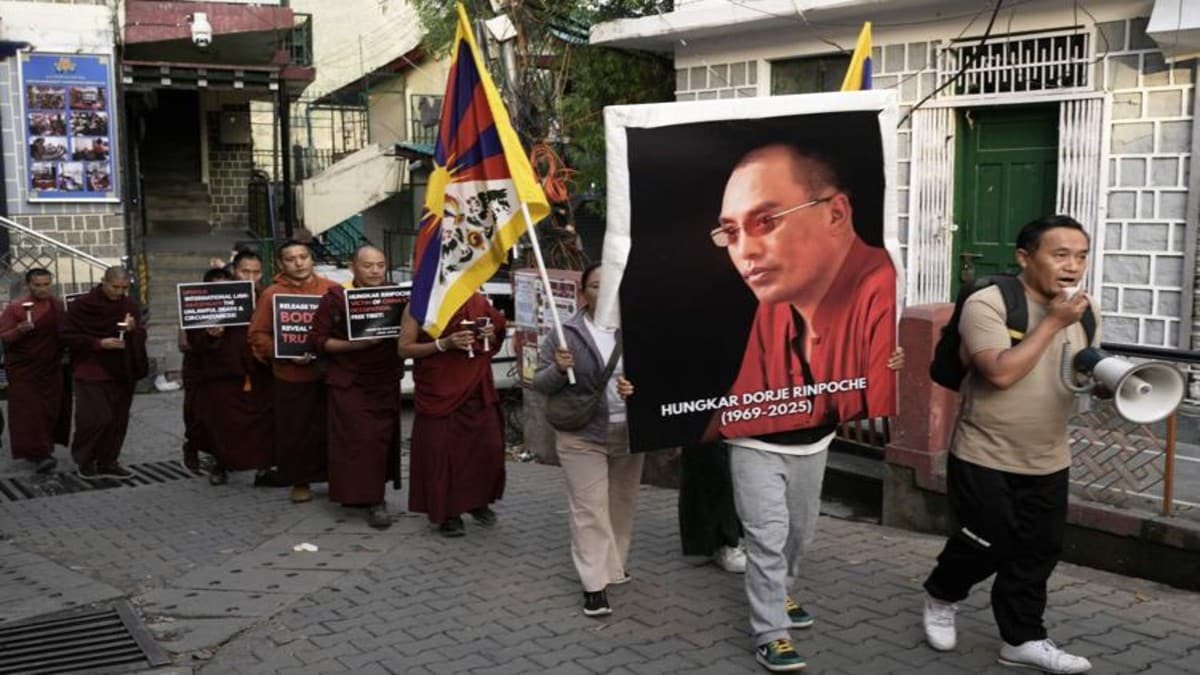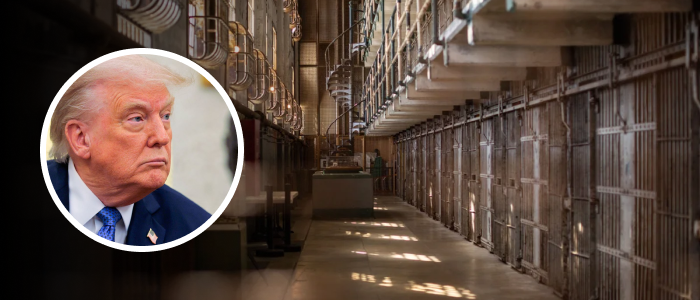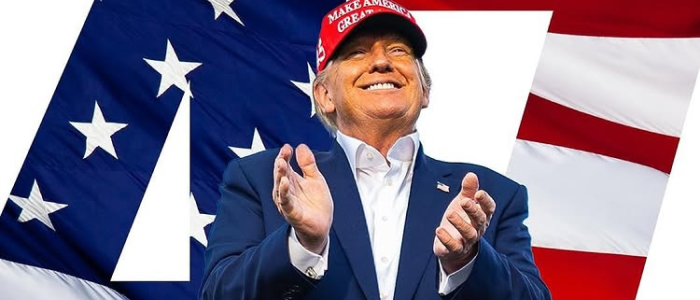On April 13, before reaching Hanoi on a state visit to Vietnam, President Xi Jinping said that he expects that it will be “an opportunity to work with the Vietnamese side to draw up a new blueprint for the building of the China-Vietnam community with a shared future”. Xi later pointed out that building a Sino-Vietnamese community of shared future is of great world significance: “The two countries have joined hands to follow the path of peaceful development, and more than 1.5 billion people will work together towards modernisation, which will effectively safeguard regional and even world peace and stability and promote common development.
...

The boat can withstand the stormy waves, and the boat can go steady and far. China and Vietnam are both beneficiaries of economic globalisation, and it is necessary to strengthen strategic efforts, jointly oppose unilateral bullying, and maintain the stability of the global free trade system and industrial supply chain.” It sounds good, but the reality is vastly different.
The death of a Lama A few days before Xi departed for Vietnam, the international media reported the ‘disappearance’ and then the death of a highly respected Tibetan Lama, Trulku Hungkar Dorjee ‘Rinpoche’. The Lama, known for his work in the field of education and culture in the Golok area of northeastern Tibet, passed away on March 29, 2025, in Ho Chi Minh City, Vietnam. It is the Chinese authorities who informed his monastery, Lung-ngon Monastery in Gade County of Golog Tibetan Autonomous Prefecture, of his death.
Apparently he was in Vietnam since July 2024. According to the International Campaign for Tibet (ICT), Lungngon monastery “issued a seemingly coerced statement dated April 3 claiming that Trulku Hungkar Dorjee had quietly left for a retreat last year.” However, the Lama’s followers did not accept this version.
On April 8, Radio Free Asia (Tibetan Service) noted that “a team comprising five monks of Lungngon Monastery and six officials representing Qinghai Province’s security, united front work department and religion bureau arrived in Vietnam on April 5 to collect Trulku’s body. Excluding the five monks, the officials held a meeting at the Chinese diplomatic mission in Vietnam. On April 8, the monks were instructed to depart from Vietnam.
” Despite the earlier assurance, they were unable to see the body, though the monks were instructed to sign a document stating Trulku had died. ICT observed: “Since June 2024, he had been subjected to intense harassment for not organising an elaborate reception to the Chinese-appointed Panchen Lama, Gyaltsen Norbu, during his visit to Golog, according to information gathered from the local Tibetans by Tibet Times , a news outlet based in India.” An article in The Vietnamese , a media outlet, gives more details: “On March 25, 2025, he [the Rinpoche] was arrested at a residence in Ho Chi Minh City in an operation believed to be coordinated between Vietnamese police and Chinese agents.
He passed away a few days later. The circumstances surrounding his death have not been clarified. State media have not mentioned the incident.
A group of five monks from Lung-ngon Monastery and six officials representing the security agency arrived in Vietnam on April 5 to bring Tulku’s [Trulku] body back to Tibet. However, it is still unclear whether these people have been able to access or receive the body. The reason is that, in a meeting at the Chinese Embassy in Vietnam, Tibetan monks were denied permission to participate in the body-handling process.
His body is currently being preserved at Vinmec Central Park International Hospital and is closely monitored by security forces.” The article added, “Mr Tulku was accused by the Chinese government of being disobedient and disloyal to the government’s religious line. The issue of the ‘Panchen Lama’ is also one of the most sensitive issues in the relationship between China and Tibet.
” Gyaltsen Norbu and a rebellious lama The 11th Panchen Lama recognised by the Dalai Lama in 1995 has since then remained under ‘house arrest’ (in fact, nothing is known about his fate); through a farcical Golden Urn test, Beijing nominated Gyaltsen Norbu as the reincarnation of the 10th Panchen Lama. Shockingly, the Chinese test consisted of having three or four names inserted in capsules, dropped into an urn, with a friendly lama’s hand choosing one of the capsules (in this case, Gyaltsen Norbu’s capsule was said to have been longer to facilitate the job of the ‘lama’ chosen by the Party). Hungkar Rinpoche seems to have displeased the Communist Party by refusing to kowtow to Gyaltsen Norbu when the latter was to visit his monastery.
ICT gives a background: “The Chinese Panchen Lama had an unusually extended stay in Tibet in recent years, visiting various regions on government-organised tours to boost his profile and gain legitimacy among Tibetan followers. In some remote areas, authorities reportedly paid cash to each person who attended his meetings complying with official directives.” As Gyaltsen Norbu was due to visit the Golok area: “Chinese authorities had instructed local monasteries and Tibetans to attend meetings and receive religious sermons from Gyaltsen Norbu.
” It is said that the Lama did not “fully comply with these orders, leading to intensified harassment of him by the Chinese officials”. The succession of the Dalai Lama The crux of the matter is not ‘a community of shared future’ as preached by Xi Jinping, but who will control the next Dalai Lama. Beijing is extremely nervous since the present Dalai Lama has declared that he will be born in the free world.
The Communist Party of China is not ready to have to deal with an ‘Indian’ Dalai Lama. Already, as in the case of Hungkar Rinpoche, the Party has difficulties imposing its own Panchen Lama, and many Tibetans refuse to play the game of Beijing and acknowledge Gyaltsen Norbu as the true Panchen Lama. There is an old Chinese idiom: “Kill the chicken to scare the monkey.
” It means to make an example of someone in order to warn others. This is exactly what was done by the ‘disappearance’ of the Rinpoche. The idiom perhaps refers to an old folktale: “A street entertainer earned a lot of money with his dancing monkey.
One day, when the monkey refused to dance, the entertainer killed a live chicken in front of the monkey, and then the monkey resumed dancing.” A typical visit by Gyaltsen Norbu Take the example of July 22, 2022. China Tibet Network announced that Gyaltsen Norbu visited a village on the Indian border: “Panchen: Guarding the border is a great cause,” was the title of the article.
The name of the village as given by the article is ‘Lowa’, though the newly built village was in fact Longju, located at the frontier of Arunachal Pradesh and Tibet, and was the site of the first bloody clash between India and China in August 1959. The article added, “The new village lying quietly at the foot of the Himalayas became lively with a strong smell of mulberry smoke in the air; the masses of believers welcomed him, bowed and prayed.” The article admitted that the ‘Lowa’ new village is part of the ‘relocation’ scheme and new inhabitants arrived on January 15, 2021.
During his visit, Gyaltsen Norbu asked, “How many children do you have? Where do the children go to school? Where are the teachers from?” He met members of two households “to talk to the masses of relocated households to understand their living situation after relocation.” The visit was pure propaganda to show that Longju belongs to China and that the Tibetans are given the freedom to practice their religion, but where are the stupas, the gompas, the prayer flags, and the prayer mills in these new villages? At the same time, the Dalai Lama was visiting Ladakh. For the Dalai Lama there was a 10-km line-up in Leh; in Longju, hardly 20 people represented the ‘masses’.
This is why China has to kill a few chickens to warn the monkeys (Tibetans believe that they descend from a first monkey who had an affair with Goddess Tara) that in the future, they better accept the Lamas selected by the Communist Party. A new White Paper A few weeks ago, a new white paper was published by Beijing ..
. on human rights in Tibet: “It is a common human aspiration for every individual to fully enjoy their human rights. This is also the goal of the Chinese people of all ethnic groups, including those in the Xizang [Tibet] Autonomous Region,” says the publication.
It continues: “Today, Xizang enjoys political stability, ethnic unity, economic development, social harmony, and amity among different religions. Its environment is sound, and its people are content in their work and daily lives. This progress represents a remarkable achievement in protecting human rights on the snowy plateau.
” But Tibetans can’t even use ‘Tibet’ as the name of their country. Now they have to say ‘Xizang’. The writer is Distinguished Fellow, Centre of Excellence for Himalayan Studies, Shiv Nadar Institution of Eminence (Delhi).
Views expressed in the above piece are personal and solely those of the writer. They do not necessarily reflect Firstpost’s views..
Politics

Tibet's silent sorrows: Xi's Vietnam visit and death of a ‘rebel’ Lama

A few days before Chinese president Xi Jinping departed for Vietnam, international media reported the ‘disappearance’ and then the death of a highly respected Tibetan Lama, Trulku Hungkar Dorjee, in the Southeast Asian nation















